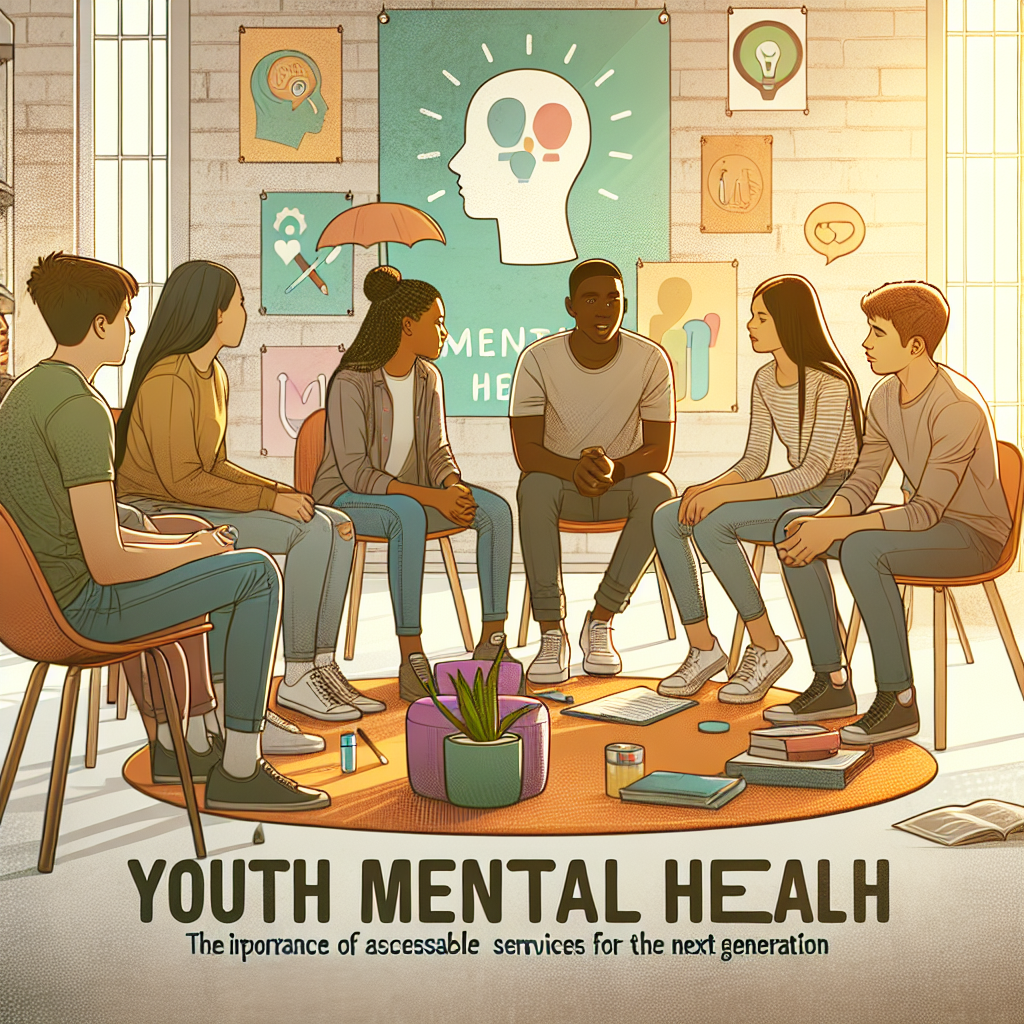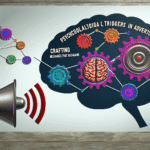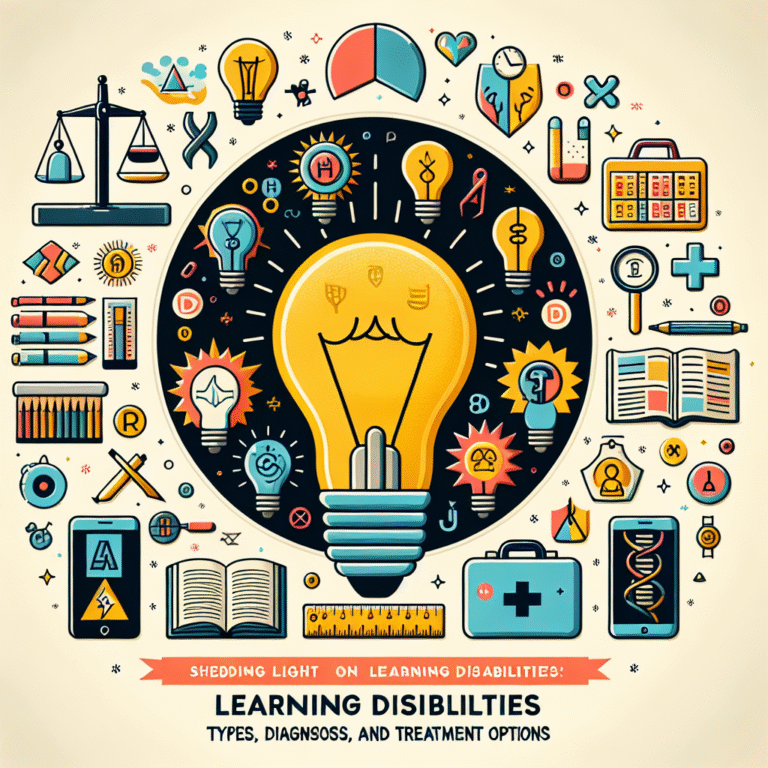
Introduction
In today’s fast-paced world, youth mental health has taken center stage as a critical concern that shapes the future of communities and societies. The mental well-being of our younger generation is not just a personal issue; it’s a societal challenge that demands urgent attention. With rising rates of anxiety, depression, and other mental health disorders among young people, understanding Youth Mental Health: The Importance of Accessible Services for the Next Generation is not merely academic—it’s essential. Accessible mental health services can act as a vital lifeline, promoting healthier communities and fostering resilience in future leaders.
Understanding Youth Mental Health
The Crisis of Youth Mental Health
Recent statistics reveal alarming trends in youth mental health. According to the World Health Organization (WHO), one in six young people between the ages of 10 and 19 experiences a mental disorder. Moreover, suicide has tragically become the leading cause of death in this age group.
Table 1: Mental Health Statistics Among Youth
| Mental Disorder | Prevalence (%) | Age Range |
|---|---|---|
| Anxiety Disorders | 31.9 | 13-18 |
| Depression | 11.3 | 13-18 |
| Eating Disorders | 3.9 | 10-19 |
| Attention Deficit Hyperactivity Disorder (ADHD) | 9.4 | 4-17 |
The Impact of Societal Changes
Several factors contribute to the mental health crisis among youth. The rise of social media, academic pressures, and a rapidly changing world has created a volatile environment for young people. The pandemic further exacerbated these issues, leading to feelings of isolation, fear, and uncertainty.
The Importance of Accessible Services
Breaking Down Barriers
Accessibility is a crucial factor in youth mental health services. Many young people face significant barriers, such as stigma, lack of awareness, and inadequate resources. For instance, according to a survey conducted by Mental Health America, only about one-third of youth who needed mental health treatment accessed it.
Case Study: Mental Health Initiatives in Schools
In a pioneering initiative, a school district in California launched a mental health program that placed counselors in every middle and high school. Over three years, the number of students receiving mental health support increased by 40%, demonstrating the profound impact of accessibility on youth mental health outcomes.
A Holistic Approach
Holistic mental health services that incorporate social, emotional, and physical well-being have shown remarkable success. Programs that include family involvement, peer support, and community engagement provide a more rounded and effective approach to addressing mental health challenges.
Innovative Solutions for Enhancing Accessibility
Telehealth: A New Frontier
Telehealth services have revolutionized access to mental health care for youth. With the ability to connect with mental health professionals from anywhere, young people can receive timely support. A study by the American Psychological Association found that teletherapy led to significant improvements in anxiety and depression symptoms among teens.
Table 2: Benefits of Telehealth for Youth
| Benefit | Details |
|---|---|
| Convenience | Access from home reduces travel barriers |
| Anonymity | Lower stigma associated with seeking help |
| Flexibility | Appointment times that suit school and extracurricular activities |
Community-Based Initiatives
Community programs tailored to youth needs foster a sense of belonging and understanding. For example, the “Youth Mental Health First Aid” program trains adults to recognize the signs of mental health crises among young people, creating a more supportive environment.
Addressing Cultural Competence
Understanding Diversity in Mental Health
Cultural competence in mental health services is crucial for effective care. The mental health needs of marginalized youth often go unmet due to a lack of culturally relevant services. Providing culturally competent care can improve engagement and outcomes significantly.
Case Study: Culturally Relevant Programming
An initiative targeting Hispanic youth in Texas integrated cultural elements into mental health programming, resulting in a 50% increase in retention rates among participants. Understanding cultural values and beliefs made the program more relevant and effective.
The Role of Schools, Parents, and Communities
Engaging Schools in Mental Health Awareness
Schools can be pivotal in raising awareness about youth mental health. Implementing mental health days and workshops can create a culture of openness. Engaging students in conversations about mental health can destigmatize their challenges.
The Family’s Role in Mental Health
Family support is invaluable in enhancing youth mental health. Parents should be encouraged to learn about mental health and recognize signs of distress in their children. Programs that facilitate communication between parents and mental health professionals can empower families.
Promoting Preventative Measures
Early Intervention Strategies
Intervening early can prevent the escalation of mental health issues. Schools and communities should implement screening programs to identify at-risk youth, connecting them with services before problems worsen.
Empowering Youth Through Education
Education about mental health should be integrated into school curriculums. Teaching young people about mental health literacy can equip them with the tools needed to manage their own mental wellbeing and spot potential issues in their peers.
Conclusion
In summary, Youth Mental Health: The Importance of Accessible Services for the Next Generation cannot be overstated. As we navigate the complexities of modern life, ensuring accessible mental health services for young people is vital. Communities, schools, and families must collaborate to break down barriers, implement innovative solutions, and foster a supportive environment for youth. If we invest in the mental health of our next generation, we not only enhance individual lives but also strengthen our society as a whole.
Actionable Takeaways
- Advocate for mental health education in school curriculums.
- Encourage open dialogues about mental health at home.
- Support community initiatives aimed at enhancing youth mental health services.
- Explore the benefits of telehealth for accessible mental health care.
- Connect with local organizations to stay informed about resources and support systems.
FAQs
1. What signs should I look for to know if my child is struggling with mental health issues?
Look for changes in behavior, mood swings, withdrawal from friends/family, declining grades, or changes in sleep and appetite. If you notice several of these signs, it may be time to seek help.
2. How can I encourage my child to seek help for their mental health?
Foster an open environment where your child feels safe discussing their feelings. Normalize talking about mental health and share your own experiences or challenges.
3. Are there community resources available for youth mental health?
Yes, many community organizations provide resources such as counseling, support groups, and workshops. Look into local mental health organizations or school-based programs.
4. What role do schools play in supporting youth mental health?
Schools play a vital role in raising awareness, providing resources, and offering training programs that help students understand and address mental health issues.
5. How effective is telehealth for youth mental health services?
Research indicates that telehealth has been very effective in reaching youth. Many find it more accessible and feel more comfortable discussing their issues in a familiar environment.
This comprehensive overview of Youth Mental Health: The Importance of Accessible Services for the Next Generation serves as both a call to action and an educational resource, highlighting the crucial need for accessible mental health services that can empower today’s youth and safeguard their future.
















